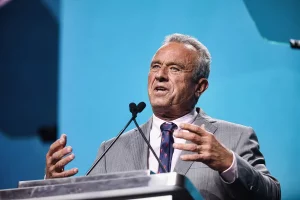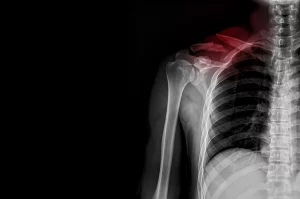In a sign that suggests America’s obesity epidemic is far from under control, a new government report shows that more than 40% of people in the United States are obese.
And almost 1 in 10 is severely obese, the researchers added.
“Over the time period from 1999 to 2018, the obesity prevalence increased about 12% — from 30.5% of Americans to 42.4% of Americans. Severe obesity almost doubled,” said study author Dr. Craig Hales. He’s a medical epidemiologist with the National Center for Health Statistics (NCHS) at the U.S. Centers for Disease Control and Prevention.
Much more than just a cosmetic issue, obesity is associated with type 2 diabetes, heart disease, high blood pressure, stroke, fatty liver disease, sleep apnea, arthritis, gallbladder disease and more, according to the U.S. National Institute for Diabetes and Digestive and Kidney Diseases.
Obesity is defined as a body mass index (BMI) of 30 or higher. Severe obesity means a BMI of 40 or above. BMI is a rough estimate of a person’s body fat based on their height and weight. Someone who is 5-foot-10 is obese when they reach 210 pounds. That same person would be considered severely obese at 280 pounds, according to CDC estimates.
Hales said there’s no easy answer to this growing public health threat.
“Obesity is a very complex health issue associated with many different health factors,” he said. These factors include individual choices and societal ones, such as the kinds of foods that are easily available and access to safe places to exercise.
Registered dietitian Rebecca Stanski, from Gracie Square Hospital in New York City, reviewed the findings and agreed there are no simple answers for America’s obesity problem.
“There are a lot of factors involved when it comes to obesity. We have such an abundance of highly caloric, energy-dense foods in the U.S. It’s very easy to overeat. Our jobs are more sedentary as well, so we have reduced energy expenditure,” she explained.
Another big issue is the pace of life. “Everyone is in a rush and too busy to take a lunch break. We just eat while we’re doing other things. When we do this, we can’t pay attention to hunger cues and don’t stop eating when we’re full,” Stanski explained.
The new NCHS report included information from a nationally representative survey of adults over age 20. Information was collected from 1999 through 2018.
Some key findings from the report include:
- The obesity rate in 2017-2018 was 42.4%, with no big differences between men or women or by age.
- Severe obesity was 9.2% in 2017-2018, with more women than men falling into this category.
- The age group most affected by severe obesity was adults aged 40-59.
- Obesity and severe obesity rates were highest in black adults, compared to other races.
Hales said this report can only raise awareness of the growing rates of obesity and severe obesity. It doesn’t contain any specific recommendations for addressing the problem.
Stanski believes one thing that could help is giving people greater access to nutrition counseling. “A lot of insurance doesn’t cover dietitian visits,” she said.
If you’re concerned about your weight, Stanski said, “Nutrition doesn’t have to be crazy restrictive. People who do fad diets or restrictive diets end up gaining more weight than they lost. Focus on eating a variety of whole foods like vegetables, fruits, whole grains and lean protein.
“I like the 80-20 rule. For 80% of the time, focus on the wholesome foods and the other 20% is the less healthful ‘fun’ foods,” she suggested.
The NCHS report was released on Feb. 27.
More information
Learn more about obesity and its health risks from the U.S. National Institute of Diabetes and Digestive and Kidney Diseases.
Source: HealthDay
Copyright © 2025 HealthDay. All rights reserved.

















